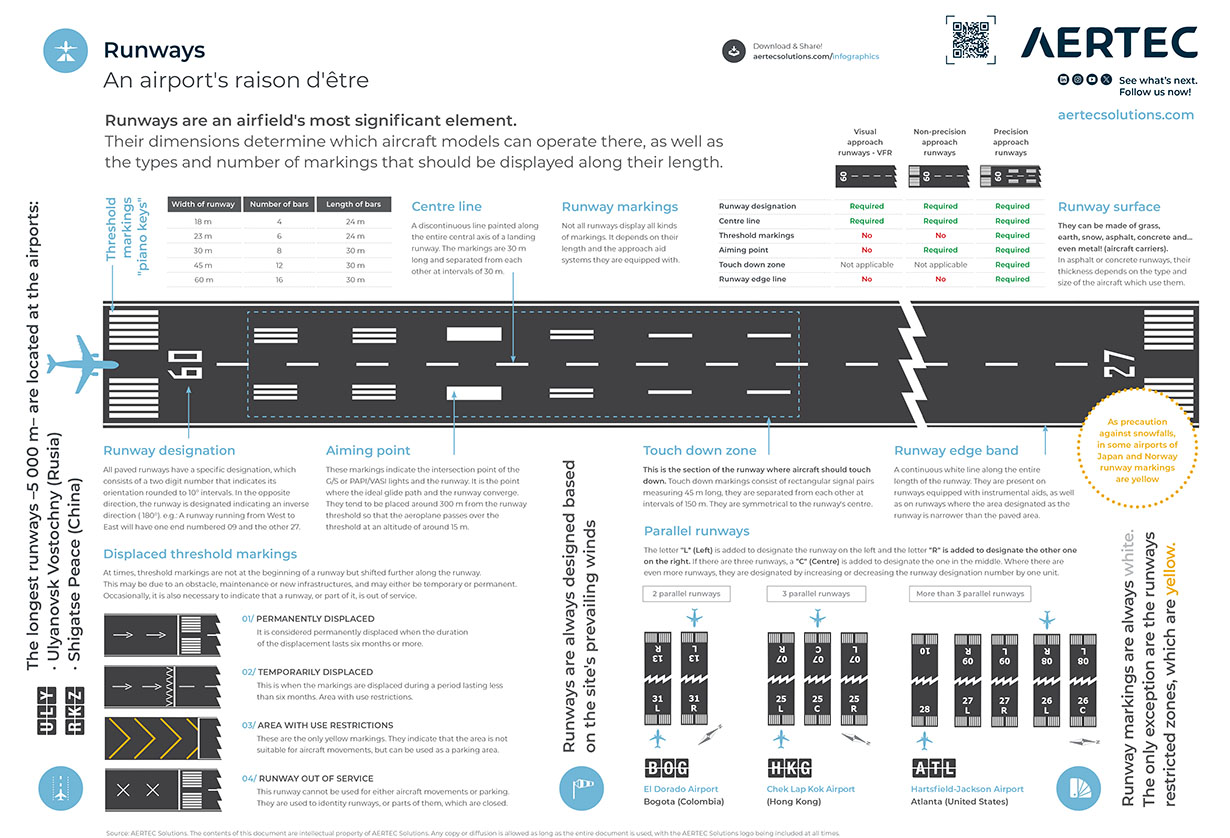
Runways are essential components of any airport, allowing aircraft to take off and land safely. Their design and construction require a high level of engineering to ensure operational safety and efficiency.
There are some critical aspects as the choice of runway material (typically asphalt or reinforced concrete, capable of supporting the weight of large aircraft). Additionally, factors such as runway length and width must be considered, varying according to the types of aircraft using the airport. The design also must take into account the runway orientation, which is determined based on prevailing winds to facilitate takeoff and landing maneuvers. Moreover, proper markings, lighting, and drainage systems are essential for operations under different weather conditions.
Runways must comply with strict international regulations, such as those set by the International Civil Aviation Organization (ICAO), and continuous maintenance is crucial to prevent deterioration that could compromise flight safety. Ultimately, runways are a complex and vital engineering achievement for modern aviation, ensuring safe and efficient operations at airports worldwide.
We have prepared this infographic so you can get to know the horizontal markings you can see painted on any runway and what each of them means. Please feel free to download and share it if you wish.
Source: Own work.
The contents of this document are intellectual property of AERTEC Solutions. Any copy or diffusion is allowed as long as it is integrally done to the document and preserves at all times AERTEC Solutions’ trademark.


